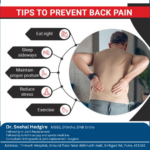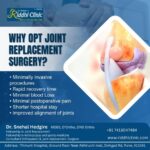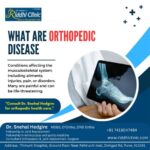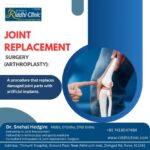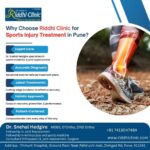
Back and spine trouble is one of the most common causes of chronic or debilitating pain among adults.
Spine disorders can interfere with nearly all aspects of your life, including daily work and fun outings with friends and family.
From spinal stenosis to scoliosis to tumors and infections, our team of surgeons, orthopedic physicians, neurological clinicians, anesthesiologists, and occupational therapists are experts in treating very complex spine diseases, conditions, and deformities.
With leading diagnostic tools, advanced treatments, and breakthrough research, Ohio State Spine Care offers the best care for adults and children with complex spinal conditions and deformities.
About your spine
The spinal column is your body’s main support structure. It is composed of bones, joints, muscles, ligaments, tendons, nerves and the spinal cord. These issues usually don’t resolve on their own, so seeking care from experts who can provide an accurate diagnosis and the best, least invasive treatment is important.
The spine is divided into three areas of interlocking vertebrae: the neck (cervical spine), the middle (thoracic spine) and the lower (lumbar spine). The lumbar spine is the strongest part of your back and supports the weight of your upper body.
Our spine specialists in Columbus, Ohio, work closely with you to understand how your spine disorder is affecting your life and then review the best treatment option — whether it be surgical or nonsurgical.
How are spine disorders diagnosed?
Our diagnostic process includes a physical and neurological examination, which may include the use of lights or reflex hammers to assess motor, sensory and reflex skills.
Your doctor may order further imaging testing if necessary, such as an X-ray or MRI. These tests will give your physician detailed images of any deterioration or abnormality in your bones or soft tissues.
Treatment for spine disorders
Our spine specialists are committed to fully understanding your specific spine disorder and its effects on your life. Depending on your condition, your treatment plan may include nonsurgical or surgical options. At Ohio State, we always begin with nonsurgical options before recommending a more invasive treatment. Common treatment plans include:
- Lifestyle changes: smoking cessation, building strength in your back with Pilates or yoga, practicing proper posture
- Nonsurgical spine treatments: acupuncture, anti-inflammatory medications, physical therapy, spinal injections or spine orthobiologics
- Surgical treatments: decompression surgery, herniated disc surgery, spinal fusion, spinal cord stimulation and spinal fusion




